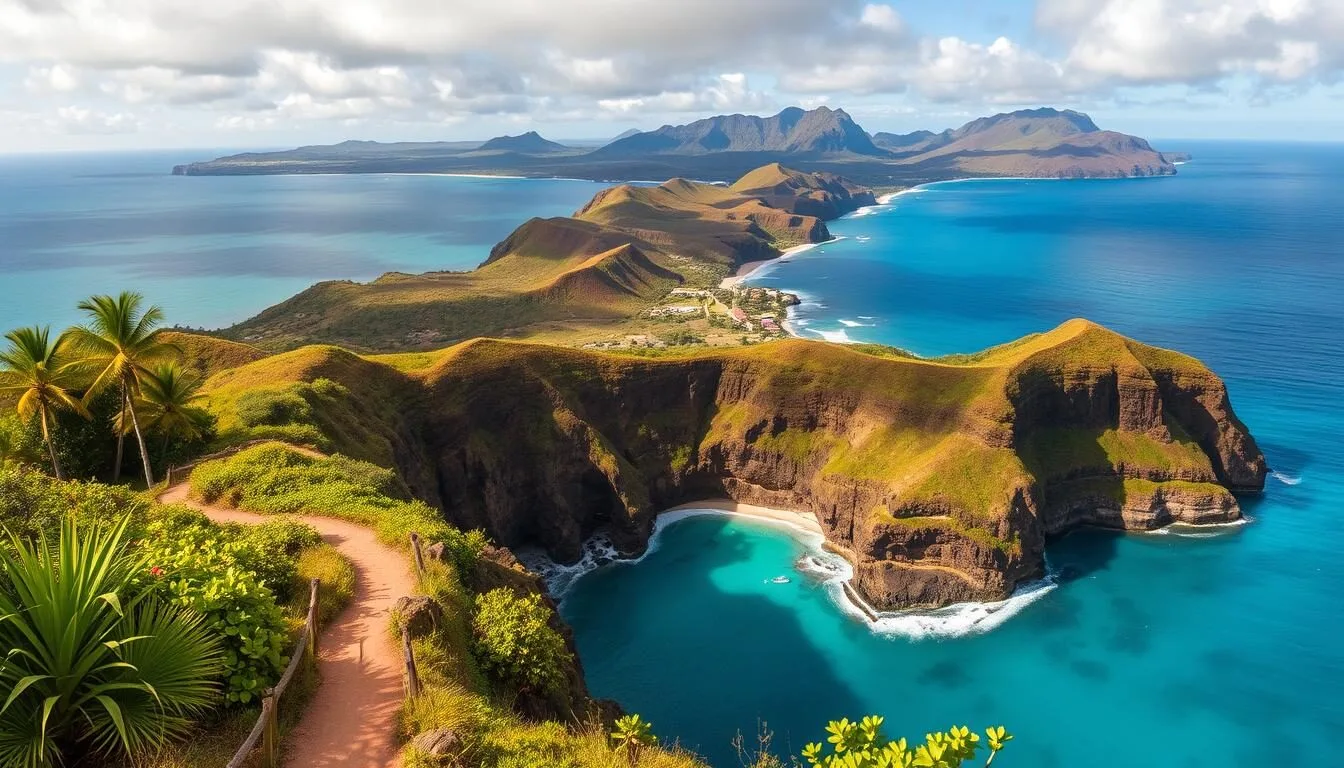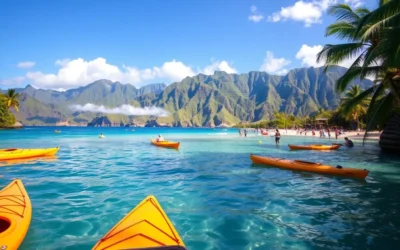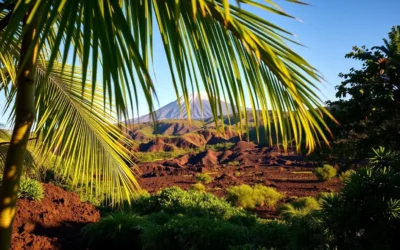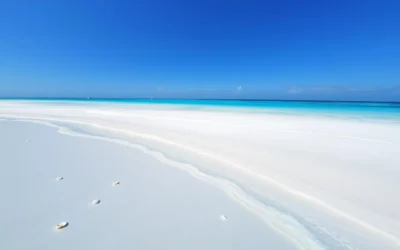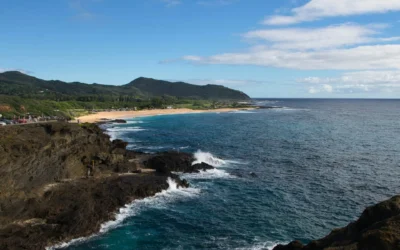✓ Accommodations ✓ Flights ✓ Rental Cars ✓ Tours & Activities
Imagine being isolated on a remote peninsula, separated from family and friends, with a disease shrouded in fear and ignorance. This was the harsh reality for those who were forcibly relocated to Kalaupapa on Molokai, Hawaii, beginning in 1866.
Established in 1980, the Kalaupapa National Historical Park preserves the memories and experiences of those who lived through this difficult period. As you plan your visit, you’ll need to understand the specific permit requirements and conditions that govern access to this significant historical site.
This introduction will provide you with essential visitor information, helping you navigate the unique circumstances surrounding this national historical park.
The Historical Significance of Kalaupapa National Historical Park
Kalaupapa National Historical Park, situated on Molokai, Hawaii, is a place of great historical significance, bearing witness to the island’s painful history of leprosy isolation. The park is a reminder of the challenges faced by those who were forcibly relocated to this remote location.
A Brief History of the Settlement
The Makanalua Peninsula was once home to Native Hawaiian villages, including Kalawao and Kalaupapa. In 1865, King Kamehameha V signed the Act to Prevent the Spread of Leprosy, leading to the relocation of approximately 8,000 people to this isolated area. The harsh conditions and lack of medical care made life particularly difficult for the early residents.
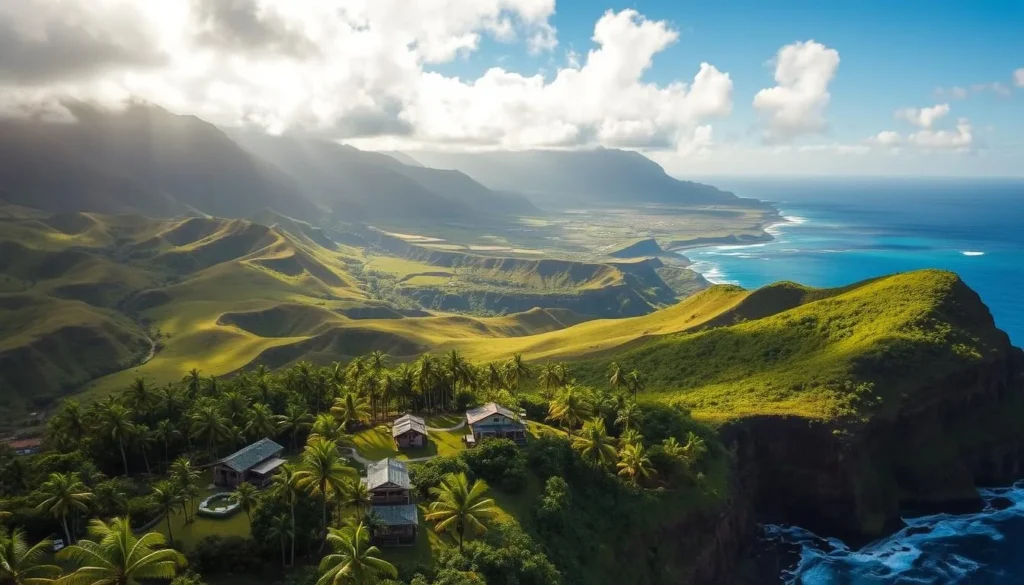
The Legacy of Father Damien and the Patient Community
The arrival of Father Damien in 1873 marked a significant turning point in the history of the settlement. He dedicated his life to improving the living conditions of the patients, eventually succumbing to the disease himself. Despite their isolation, the patient community developed their own social structures and cultural practices, creating a unique and resilient community that persisted even after the mandatory isolation policy ended.
The establishment of Kalaupapa National Historical Park in 1980 serves as a testament to the importance of preserving this chapter in Hawaiian and medical history, honoring the experiences of those who lived there.
Essential Permit and Access Information
Before heading to Kalaupapa National Historical Park, visitors must familiarize themselves with the necessary permits and access guidelines. Understanding these requirements is crucial for a successful and stress-free visit.
Current Status of Visitor Access
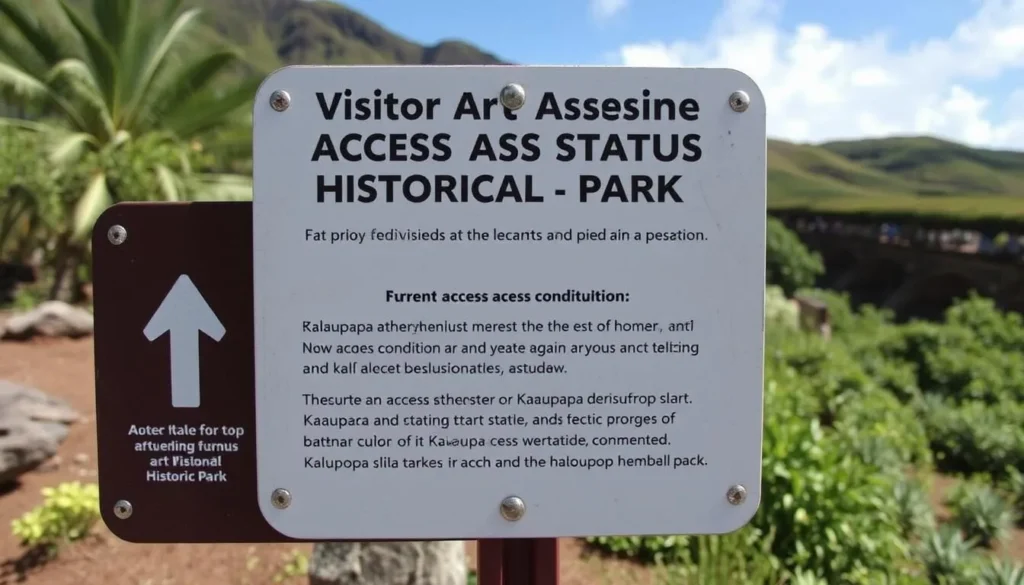
Currently, there is no active permitted tour operator providing visitor access to Kalaupapa National Historical Park. However, park staff are working closely with the Hawaii State Department of Health to restore limited visitation in the future. Visitors are advised to regularly check the official park website for updates on visitor access status and tour availability.
Hawaii State Law Requirements for Visitors
Hawaii State Law strictly requires all visitors to secure a permit prior to entering Kalaupapa National Historical Park. Guests of residents can obtain their permit with help from their host, who must be a resident of Kalaupapa to apply for the permit.
Key Requirements:
- Obtain a permit before entering the park.
- Guests must be sponsored by a Kalaupapa resident.
- Persons under 16 years of age are not permitted to visit.
Age Restrictions and Limitations
The age restriction prohibiting anyone under 16 years of age from visiting Kalaupapa remains strictly enforced. This rule is in place to protect the privacy and well-being of remaining residents and to preserve the historical integrity of the site.
Kalaupapa National Historical Park, Molokai, Hawaii: Visitor Information
As you prepare to visit Kalaupapa National Historical Park, understanding the park’s rules, facilities, and community is crucial. The park is a unique historical site with specific needs and restrictions to preserve the residents’ home and ensure visitor safety.
Medical Considerations and Emergency Services
You should be aware that Kalaupapa Settlement lacks medical facilities, and emergency responses can be delayed, potentially requiring a helicopter evacuation to Oahu or Maui. If you have any medical conditions, it’s vital to bring necessary medications and consider whether the isolated location is suitable for your health.
Food, Shopping, and Accommodation Options
The settlement has no dining establishments or shopping facilities. You must bring all food and supplies needed for your visit and pack out all trash as part of the community’s environmental efforts. Overnight accommodations are available exclusively to guests of residents, with no commercial lodging options.
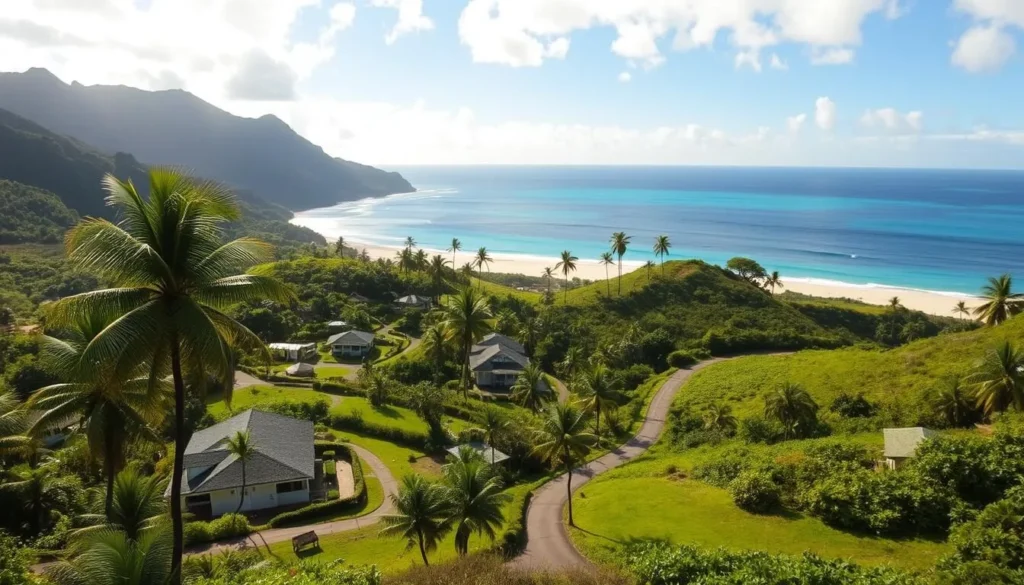
Photography Rules and Resident Privacy
Photography rules are strictly enforced to protect resident privacy. You must obtain explicit written permission before photographing any resident or their property. This rule helps maintain the comfort and privacy of the remaining residents, who have the right to live their lives without intrusion despite the historical significance of their home.
Transportation and Trail Access Options
Kalaupapa National Historical Park is accessible by three different methods, each offering a unique experience. Visitors can hike down the challenging Kalaupapa Trail, take a guided mule tour, or arrive by small aircraft.
The Kalaupapa Trail Experience
The Kalaupapa Trail is a 3.5-mile challenging hike with 26 switchbacks, requiring good physical fitness and proper hiking footwear. The descent takes about 60 to 90 minutes, while the return climb can take 90 to 120 minutes. Visitors should be cautious of uneven surfaces and potential rock and mudslides.
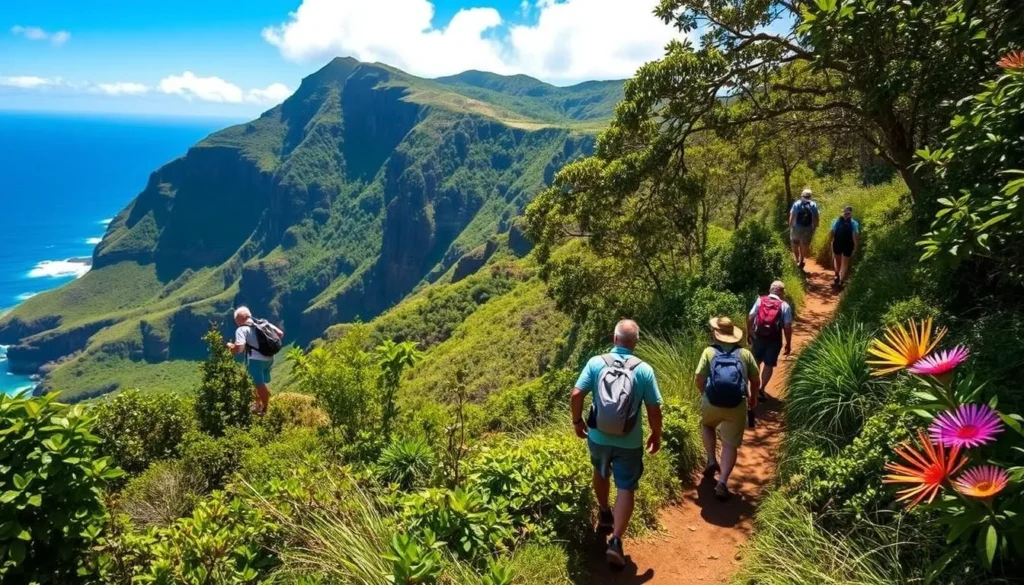
Mule Ride Tours to Kalaupapa
For those who prefer not to hike, the Kalaupapa Guided Mule Tour offers a unique alternative. This once-in-a-lifetime ride takes you down the narrow trail with breathtaking views, especially from switchback No. 4 onwards. Advance reservations with Damien Tours are required.
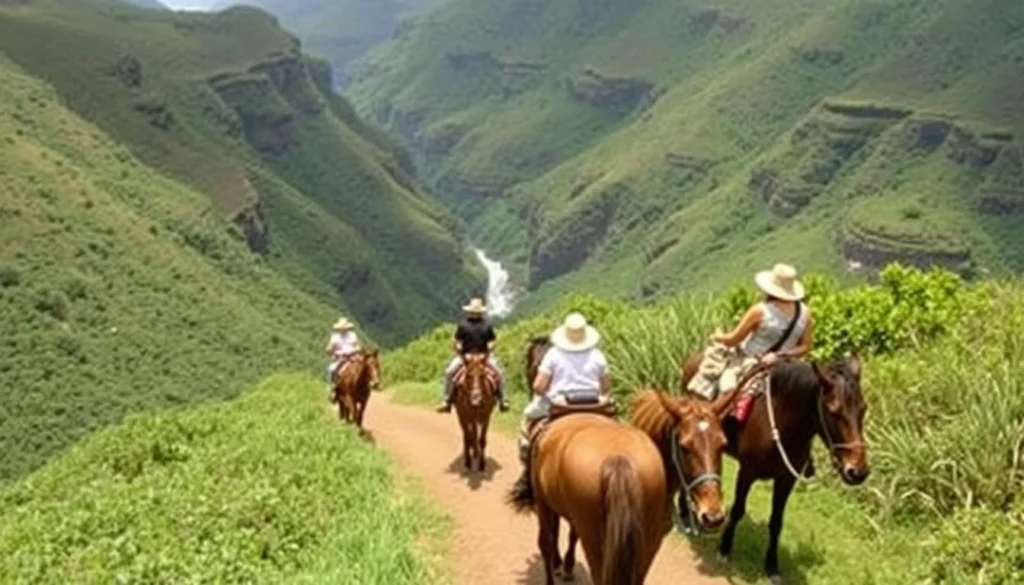
Air Transportation to the Peninsula
Small aircraft provide the most accessible option for visitors with mobility concerns, landing at the peninsula’s small airstrip near the Pacific’s tallest lighthouse. This method allows for a more leisurely visit without the physical demands of hiking or mule riding.
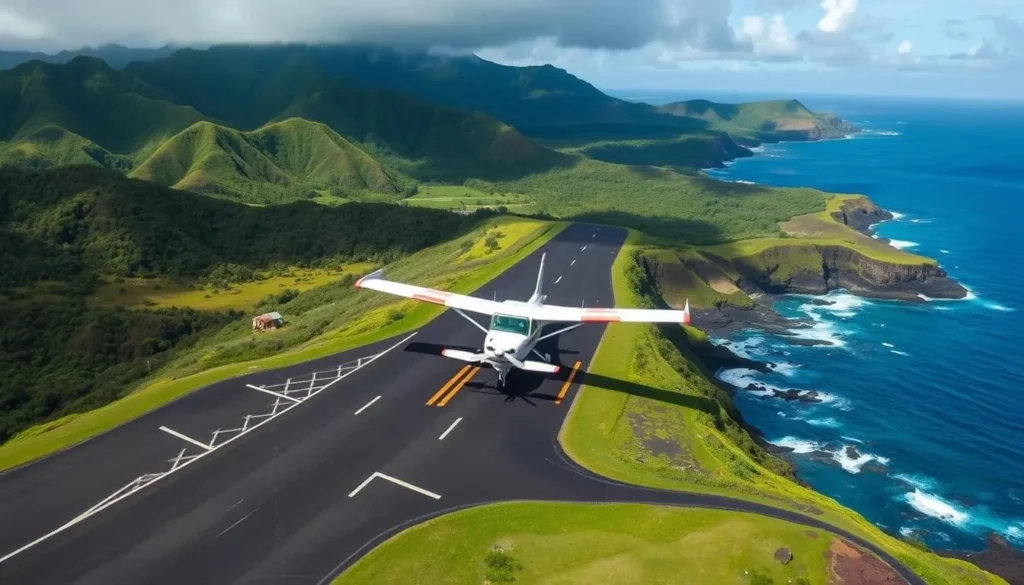
It’s essential to plan ahead, as only 100 people per day are permitted to visit Kalaupapa through any transportation method. Whether you hike, take a mule tour, or fly in, your visit will be a memorable experience.
Planning Your Visit to Kalaupapa
A visit to Kalaupapa National Historical Park is a once-in-a-lifetime experience that requires meticulous planning. To ensure a smooth trip, start by checking the official website for current access conditions and tour availability.
You must secure the required permit in advance, as only 100 visitors per day are allowed, and all must be at least 16 years old. Consider the physical demands of your chosen transportation method and pack accordingly, as no facilities exist within the settlement.
Allow adequate time for your visit, as the combination of transportation logistics and guided tours typically requires a full-day commitment. Be prepared for a powerful experience that connects you with a difficult chapter in Hawaiian history.
The above is subject to change.
Check back often to TRAVEL.COM for the latest travel tips and deals.
